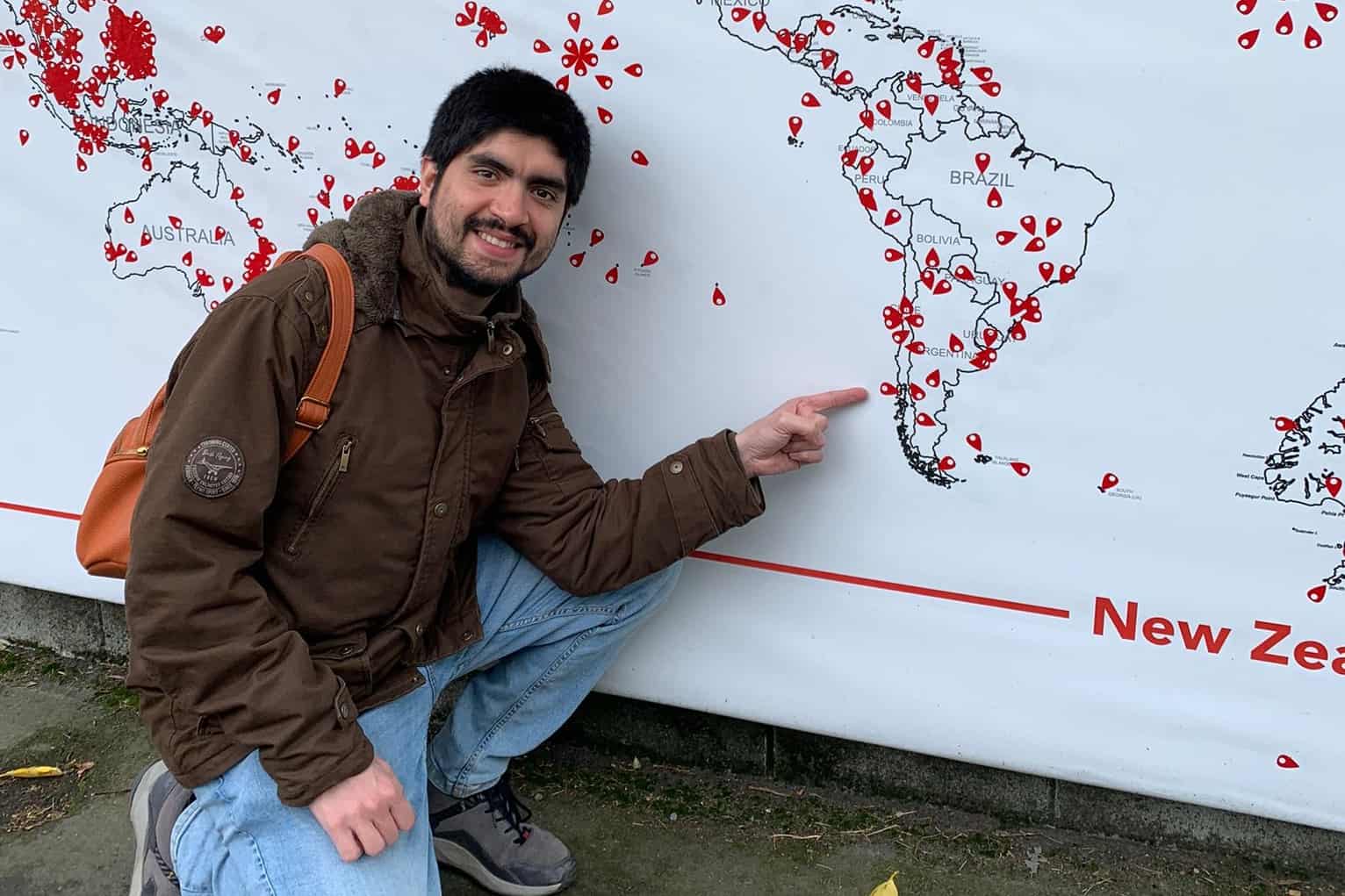Modelling Local Site Effects in Physics-Based Earthquake Ground-Motion Simulations
I was born in Valdivia (Chile) – the city that gives its name to the most powerful earthquake ever recorded (a magnitude 9.5!). I grew up in Chiloé, a beautiful island in southern Chile. Perhaps these two facts were an indication that I would end up doing earthquake research on another beautiful island, this time at the other end of the Pacific Ocean.
I am a civil engineer and hold a Master’s degree from the Federico Santa Maria Technical University (Valparaíso, Chile). After a few years working in the geotechnical engineering field, I decided that I wanted to pursue my dream of doing a PhD. A global pandemic wanted to prevent it from being fulfilled, but I finally managed to cross the ocean with my wife, Loreto.
Here in New Zealand, I have the privilege of working with Brendon Bradley as my senior supervisor and with an excellent research group, with whom we have interesting and exciting discussions. In New Zealand, I also enjoy exploring new places every weekend, with Loreto and friends, and sometimes you can find me on the basketball court, reminiscing about my childhood passion.
My Project
Physics-based ground-motion simulations enable the explicit modelling of earthquake rupture and seismic wave propagation. This offers significant advantages for ground-motion prediction over conventional empirical models. However, due to computational and knowledge limitations, local site effects are usually not explicitly included in these regional-scale simulations, and instead, they are typically modelled through a simplified approach. These site effects – which refer to the influence that the local soil conditions have on the ground shaking – can significantly affect the level of seismic demand that must be considered for the structural design of buildings and infrastructure in different areas.
Recent validation studies have suggested that the explicit modelling of local site effects using site-response analysis has the potential to greatly improve predictions, especially at complex sites. Using a rich database of observations from small and large earthquakes recorded at multiple sites across the country, the goal of this project is to systematically evaluate the performance of this more advanced approach in order to propose improvements to current ground-motion simulation methodologies.
Next Steps
Utilization of physics-based ground-motion simulations in seismic hazard assessment requires proper incorporation and propagation of uncertainties. However, research efforts in this direction have been very limited. Therefore, one of the next steps in this research project will involve a thorough examination of the uncertainty associated with the modelling of local site effects.




